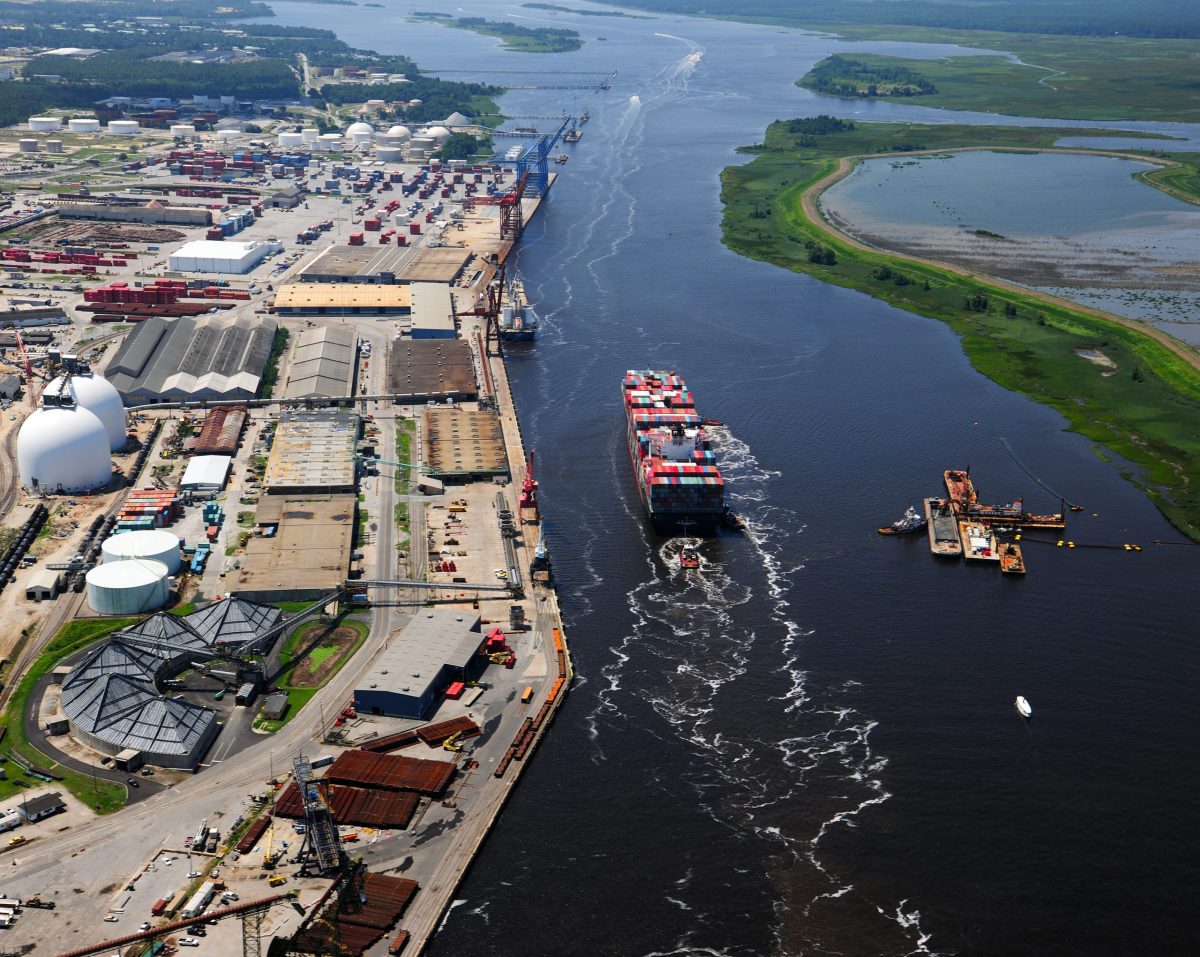
The state’s environmental commissions are backing a call for legislators to beef up grossly underfunded programs aimed at reducing nutrient runoff in North Carolina’s waters.
The North Carolina Environmental Management Commission, or EMC, Thursday unanimously adopted a resolution advocating for more money and the expansion of cost-share programs that help landowners manage and lessen runoff.
Supporter Spotlight
Thursday’s vote marked a significant first round of support for the resolution, one drawn up in an effort to get water quality-driven cost-share programs where the demand far exceeds the funding on the North Carolina General Assembly’s radar.
The basis of the resolution, also recently adopted by the Coastal Resources Commission and Marine Fisheries Commission, stems from a recommendation included in the Coastal Habitat Protection Plan, or CHPP.
The plan addresses, in part, water quality impacts on coastal habitats, particularly submerged aquatic vegetation. When too many nutrients are in water, those nutrients degrade the water’s clarity.
Cloudy water is bad for seagrasses, which support fisheries, clean surrounding waters and take carbon dioxide out of the atmosphere.
Financial support for the cost-share programs that assist landowners, whether they’re farmers, in forestry or urban dwellers, in managing the amount of nutrients that get into these crucial coastal habitats has waned in recent decades.
Supporter Spotlight
Take the state’s agriculture cost-share program. A little more than $4 million was appropriated to that program in 2021. That year the requests for assistance topped more than $17 million.
In comparison, Virginia’s agriculture cost-share program designed to protect the Chesapeake Bay is in the range of $140 million.
Keith Larick, North Carolina Farm Bureau natural resources director, said requests for assistance from North Carolina’s agriculture cost-share program were actually down this past round from previous years.
“That doesn’t even include people who may have applied in the past and maybe have just given up on that kind of funding,” he said. “Obviously there’s an unmet need out there.”
The state’s Water Resources Development Grant Program, which assists local governments, received in 2021 just under $1 million, well shy of the $6 million in requests made in cost-share grants.
The Community Conservation Assistance Program, which funds projects to install various best management practices on urban, suburban and rural land not used in agriculture production, gets a few hundred thousand dollars each year.
“That doesn’t translate to many on-the-ground projects,” said Todd Miller, executive director of the North Carolina Coastal Federation, which publishes Coastal Review. “These (programs) are to support things that aren’t really economic for the landowner, whether you’re a farmer or a homeowner, to necessarily just do on your own.”
Best management practices, or BMPs, in urban areas include routing downspouts to allow rainwater flow onto vegetated lawns rather than impervious surfaces like paved driveways, building rain gardens, and other projects designed to keep the landscape functional for managing water.
There are a range of projects farmers may use to manage and reduce runoff, whether its planting cover crops to reduce erosion or constructing stream-side or ditch buffers to prevent runoff from flowing into state waters.
“These BMPs have been around for a long time but the amount of funding to support them is really just minimal,” Miller said.
Runoff management projects are long-term commitments because they have to occur year-in and year-out, he said.
“This is a hard one in terms of getting a reoccurring commitment,” Miller said. “It’s much easier if you have a project that’s a one-time deal and it’s a lasting impact, but cost-share has to be repetitive and consistent over the years.”
Farmers, in particular, need technical assistance with projects on their land.
And a farmer who initiates any of these practices typically incurs more than just the initial out-of-pocket costs to cover his or her portion — 25% — in a cost-share program.
“A lot of these practices aren’t necessarily going to improve the farmer’s bottom line,” Larick said. “Some of them may, but many of them may require a farmer taking land out of production. If a farmer puts in stream-side buffers or buffers along a ditch, that will undoubtedly improve water quality, but that is acreage the farmer is no longer farming so there is a cost to the farmer for a lot of these practices.”
Just another reason why cost-share programs that help these farmers are so important.
“Declining water quality, it is the biggest threat,” he said.
In 2021 the CHPP was amended to include a series of issue papers addressing submerged aquatic vegetation, wetland protection and restoration through nature-based solutions and wastewater infrastructure solutions for water quality improvement.
The plan, first adopted in late 2004 by the state’s three environmental regulatory commissions, is reviewed every five years by state Department of Environmental Quality officials.
The goal of the plan is to protect, restore and conserve coastal habitats that sustain coastal fisheries.
Miller said local governments and various nonprofits are next in line to be asked to support the resolution adopted by the environmental commissions.
“I’m not thinking we’re going to see any large appropriations this year” to water quality cost-share programs, Miller said. “I think that would be a pretty rapid turnaround, but certainly building the case for this so that, in future years, it gets more consideration at budget time.”







